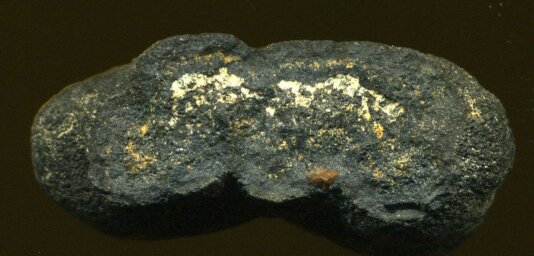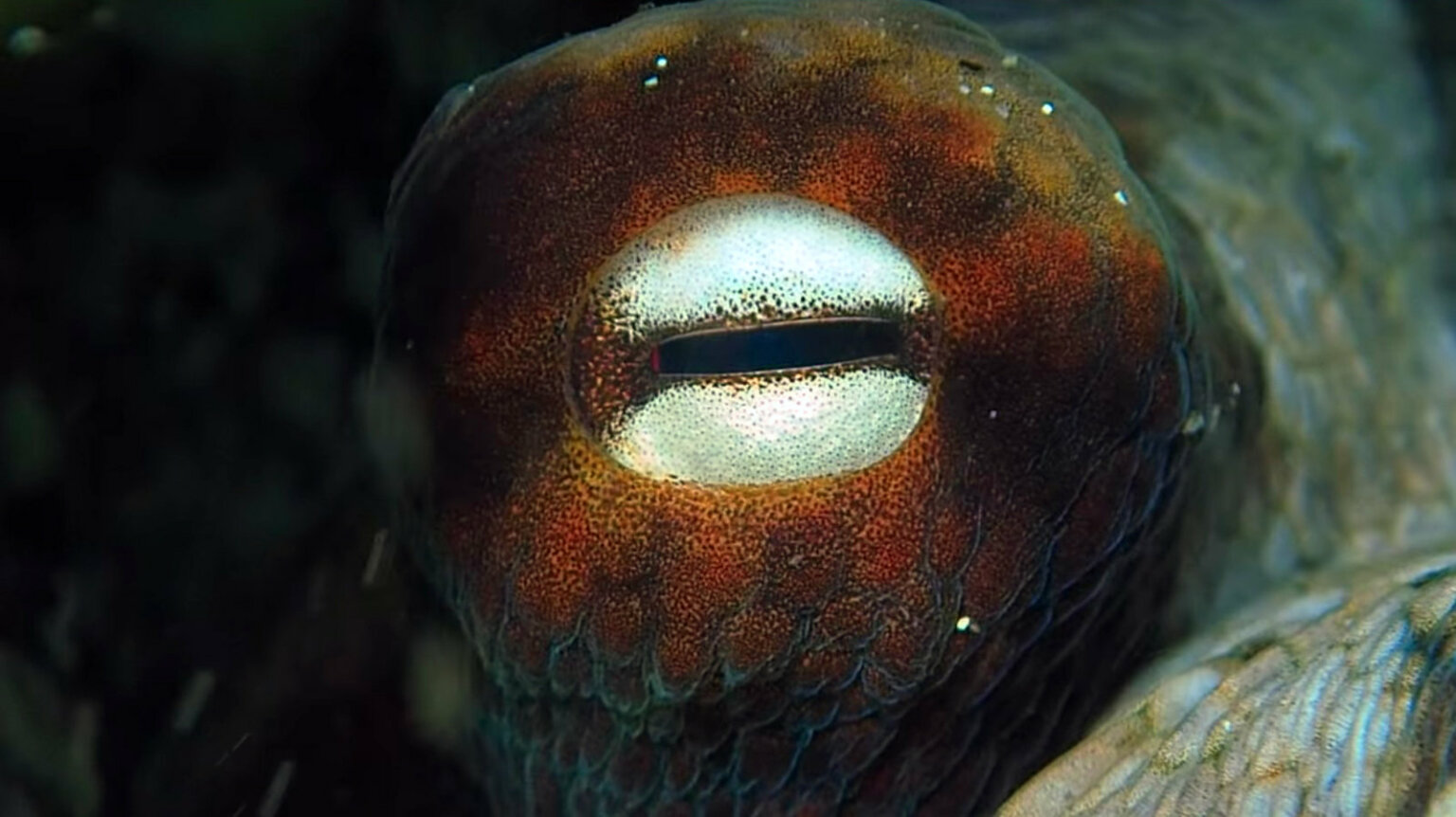- About
- Topics
- Picks
- Audio
- Story
- In-Depth
- Opinion
- News
- Donate
- Signup for our newsletterOur Editors' Best Picks.Send
Read, Debate: Engage.
| March 15, 2022 | |
|---|---|
| topic: | Sustainable Development |
| tags: | #deep seabed mining, #marine ecosystem, #water, #extractives |
| located: | China, France, Norway, Canada, New Zealand, USA |
| by: | Abby Klinkenberg |
Four thousand metres below the iridescent surface, the deep sea floor undulates and pirouettes in landscapes as varied and diverse as those on land. Oceanic analogues of terrestrial mountains and valleys sprawl across the deep sea floor and, as you may have heard, they are shot through with ribbons and knots of precious metals.
And not just any metals - the metals contained in the polymetallic nodules (a fancy name for rocks, essentially) that pepper the abyssal planes of the deep sea are those that are expected to fuel the flourishing digital economy and the budding green transformation: cobalt, nickel, copper and manganese.
Canadian mining firm The Metals Company (TMC) speaks of the deep sea treasures with an ecstatic futurism: "A battery in a rock. Polymetallic nodules are the cleanest path toward electric vehicles." Naturally, firms like TMC the world over would like to collect these nodules, deliver them to land and exploit them. It is the extractivist dream: a trove of valuable resources ripe for the picking without all the fussy social externalities common to mining operations on land.
Unfortunately, and as humanity has learned since the dawn of the industrial age, natural resource exploitation will always have consequences on the vitality of surrounding ecosystems - many, if not most, of which cannot be planned for. While the popular imaginary of the deep sea may be a gaping void of blankness (and the name ‘abyssal plains’ does little to correct this assumption), in reality it is teaming with life - and our eyes have only begun to adjust to its elaborate depths.
"Scientists are still astonished by how high the biodiversity is [on the deep sea floor]," Dr. Sabine Gollner told FairPlanet. "A few decades ago, we thought that everything was rather uniform, that we’d find the same species everywhere - but now we understand more and more that this is not the case." Dr. Gollner is a deep sea benthic ecologist with the Royal Netherlands Institute for Sea Research who studies the resilience of deep sea animals to various stresses. She researches how communities may respond to disturbances associated with deep seabed mining - a field of study that has taken on a new urgency in recent months. "The speed has changed - but the science still needs to be done."
In June 2021, the island republic of Nauru unravelled a potentially devastating plot by triggering the so-called 'two-year rule' that requires the United Nations International Seabed Authority (ISA) to finalise regulations governing deep seabed mining. Revving its engines to begin mining polymetallic nodules in the Clarion-Clipperton Zone (CCZ) tucked between Hawaii and Mexico, Nauru Ocean Resources, Inc. (a subsidiary of TMC) is poised to begin exploitative operations in 2023.
"For me, two years - one-and-a-half years now - is really too short," Dr. Gollner explained. "At one point, of course, you have to make a decision about what is allowed and what is not allowed, but there are really critical gaps in our understanding."
Recently, the international community has made concerted efforts to close these gaps: "There’s this UN Decade of the Oceans - there are new projects that will be funded to investigate deep sea ecosystems more. The European Union is funding projects to monitor the Deep Sea to get to know the effects of mining. So there’s a lot of research going on."
In the industrial arena, last year witnessed the first polymetallic nodule mining trial in the CCZ was conducted since the late 1970s. Additional exploratory permits have also been issued internationally. "Scientific research will continue basically with the aim to understand the consequences of deep seabed mining," said Dr. Gollner. "But this is not done in one-and-a-half years. That’s very simple, that’s something I can clearly say."
The polymetallic nodules at the heart of current discourse over deep seabed mining take millions of years to grow. The timescales involved are mind-blowingly lengthy. While there is a lot that scientists do not yet know about the impact of deep seabed mining on underwater ecosystems, some things are evident: "We know that the animals that live on the nodules such as sponges or corals can only live on nodules but nowhere else," Dr. Gollner states. "If you remove a nodule, you lose these animals. No nodules means no nodule-associated organisms for millions of years. Removal of nodules and their animals also impact the surrounding communities. You mess up the food web of the animals that live in the sediments."
Of course, she insists, life will continue, "but how this will look exactly, that is something we do not know… from small-scale disturbance experiments, we understand now that even microbial communities take decades to recover. All this has to do with the slow processes in the deep sea. It’s deep, there’s little food - everything is really, really slow, including growth rates and recovery."
In case the fear of unknown environmental consequences is not sufficient to cast doubt on the legitimacy of beginning extractive mining operations in the deep sea, another factor to consider - one with profoundly human consequences - is the sheer volume of genetic resources with critical medical applications that it contains.
The study of deep-sea bacteria, microorganisms and other denizens of the deep have "already given us compounds to treat cancer, inflammation and nerve damage." They may "hold the key to antibiotic drug resistance" and unlock the genetic secrets needed to "beat superbugs and cancer." Significantly, COVID-19 quick tests with which so many humans are now well acquainted rely on polymerase chain reactions that rely on an enzyme isolated from a microbe found in hydrothermal vents of the deep. The disappearance and disruption of deep sea communities takes on a new gravity in light of the potentially life-saving medical advances that could be hidden in its obscurity.
Some may respond that uncovering such promising medical knowledge is a luxury that humanity can hardly afford in the face of planetary ecological collapse - that the digital and green transformations that rely on metals contained in these nodules are the only path towards restoring environmental equilibrium. While the question of whether technology can really save us from climate change is hotly contested at this global moment, there is an equally pressing - and in many ways more relevant - question to be posed: will technologies of the future depend on the same metals that we maniacally pursue thousands of metres down into darkness? Perhaps metal recycling from technology waste could prove sufficient to meet future demand? With technologies trending towards the more efficient use of metallic resources, it is very possible that the opening of deep seabed mining could be proven unnecessary in the short term.
As the clock winds down and the world inches closer to gaining regulatory clarity on the issue of deep seabed mining, the international community has begun to separate into different camps. China, a leading metals exporter understandably striving to consolidate its hold on the market, already holds five deep seabed mining contracts. Europe is also getting in on the action: French President Emmanuel Macron has invested 300 million euros in the possibility of mining the deep sea; Norway has issued its first licenses to start mining within its territory from 2023. Other governing bodies, like those of New Zealand, Australia’s Northern Territory, and Spain’s Canary Islands have all banned the practice in their waters.
While the perspective of the United States is somewhat ambiguous, the state of Washington has banned deep seabed mining and California is undertaking the same legislative process. Notably, a number of major companies like Google, Volkswagen, Samsung and BMW - all of whom are poised to benefit from the potential barrage of metals to be unleashed - support a moratorium on the practice, citing environmental concerns.
The ISA will have to navigate tricky political waters as it finalises its regulations for deep seabed mining by June 2023. As "the organisation [that] organise[s] and control[s] all mineral-resources-related activities […] for the benefit of mankind as a whole," the ISA "has the mandate to ensure the effective protection of the marine environment from harmful effects that may arise from deep-seabed related activities." It remains to be seen where the organisation will land.
The deep sea floor, which covers 50 percent of the world’s rippling surface, remains largely unexplored and deeply under-researched. It will be a challenge for the ISA to make an informed decision as to whether exploitative mining operations can be conducted. The risks are significant - life is at stake. Scientists like Dr. Gollner describe their discoveries with a sense of wonder: "There are so many unknowns here. We find so many new species, we now basically start to understand what is living there. I would love to continue this journey."
Image by Manny Peralta
By copying the embed code below, you agree to adhere to our republishing guidelines.


